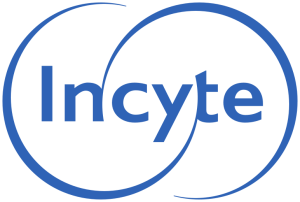The correct answer is D. Risankizumab.
The correct answer is risankizumab. This patient has plaque psoriasis (Pso) with arthritis: psoriatic arthritis (PsoA). This clinical scenario is commonly encountered in the dermatology and/or rheumatology clinic. The question is asking which medication is effective for both the Pso and PsoA. Risankizumab, and IL-23 inhibitor, is FDA-approved for moderate to severe Pso and active PsoA – this is the best answer and is able to address both the skin and joint disease.
Acitretin is a systemic retinoid that is effective against Pso with only modest efficacy against PsoA. MTX has been shown to improve symptoms of joint disease but does not alter radiographic progression of disease. In select cases, MTX is effective in Pso and can be used as monotherapy. CsA, similar to acitretin, has modest efficacy against PsoA but is not the best choice in this scenario. CsA works quickly in the skin and is commonly used in erythrodermic Pso, where rapid control is needed. In addition CsA, cannot be used for more than several weeks to months due to its side effects, including nephrotoxicity. NB-UVB is good for skin disease but has not effect on joint disease.
References:
Kaushik SB, Lebwohl MG. Psoriasis: Which therapy for which patient: Psoriasis comorbidities and preferred systemic agents. J Am Acad Dermatol. 2019;80(1):27-40. doi:10.1016/j.jaad.2018.06.057
Mikhaylov D, Hashim PW, Nektalova T, Goldenberg G. Systemic Psoriasis Therapies and Comorbid Disease in Patients with Psoriasis: A Review of Potential Risks and Benefits. J Clin Aesthet Dermatol. 2019;12(6):46-54.
Armstrong AW, Read C. Pathophysiology, Clinical Presentation, and Treatment of Psoriasis: A Review. JAMA. 2020;323(19):1945-1960. doi:10.1001/jama.2020.4006
Brought to you by our brand partner


